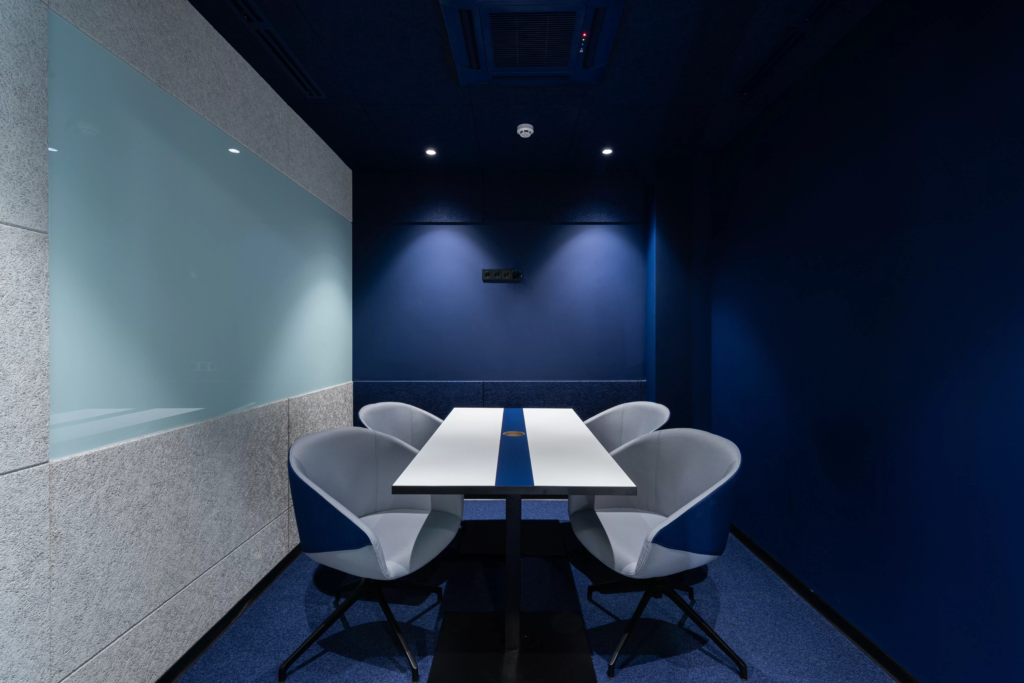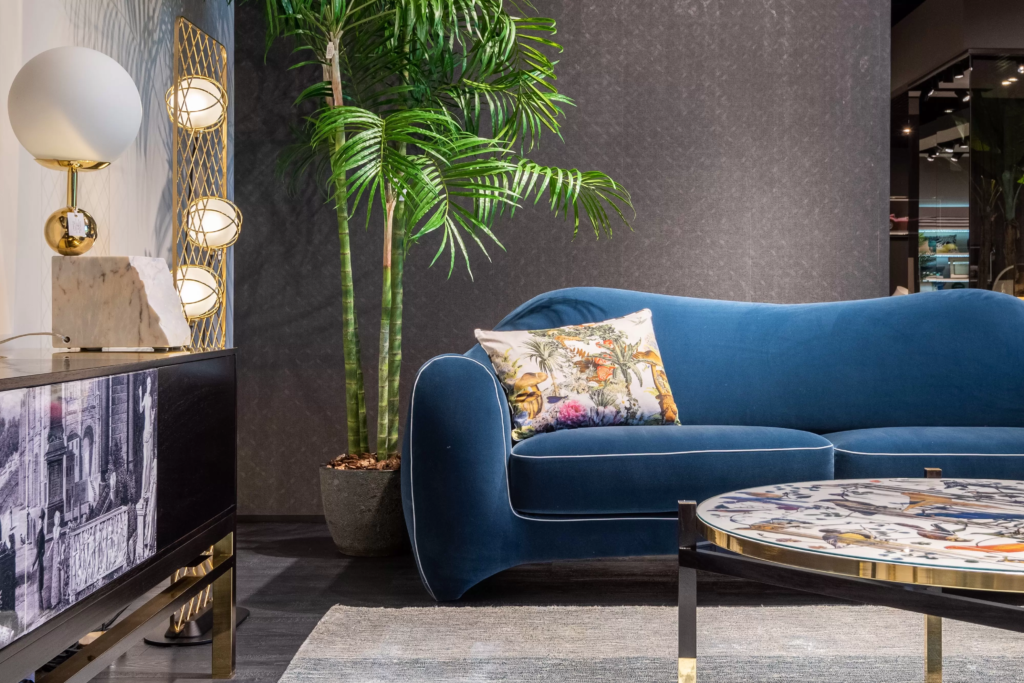What is Mental Health Furniture? A Quick Guide to Couches with Degrees
When you hear “Mental Health Furniture,” what comes to mind? Perhaps, sophisticated couches discussing Freudian theories, or recliners with years of Jungian psychoanalytic training. All jests aside, mental health furniture is beyond your everyday, run-of-the-mill, sit-and-forget kind. This furniture genre is like the elite, the Ivy-League graduates of the furnishing world. Handcrafted and designed meticulously, every piece resonates with a purpose: inducing serenity and safety.

The mantra here is more than just superficial comfort. It’s about enveloping one’s psyche into a state of tranquility and reassurance. Take sensory furniture, for instance. It’s not just about tantalizing senses; it’s about grounding an individual, giving them a tactile anchor in moments of distress. The anti-ligature chairs aren’t just about modern design; they scream safety and well-being, ensuring zero harm.
So, the next time you find yourself sinking into a chair in a therapist’s office, feeling that peculiar sense of calm, know that you’re ensconced in a piece of furniture that probably knows more about mental well-being than most. A true therapeutic relaxation station, if you will.
Why is Mental Health Furniture So Important? More Than Just a Place to Park Your Bum
Have you ever bought something on a whim? Maybe those neon-colored shoes during a sale or that abstract painting that looked artsy. However, when it comes to furniture that impacts our mental health, impulsive decisions just won’t make the cut. Beyond aesthetic appeal or trends, there’s a deep, profound rationale behind selecting such pieces: our intricate, multifaceted mental well-being.
From Ordinary Rooms to Therapeutic Havens
The spaces we inhabit play silent, yet compelling roles in our daily narratives. The right furniture can convert an ordinary room into a therapeutic sanctuary. It has the power to either augment your zen vibes or throw you into a pit of discomfort. Picture this: A therapy session on a plush, embracing couch that feels like it’s hugging you back versus an awkward, stiff-backed chair that squeaks with every move. Where would your comfort lie?
The beauty of mental health furniture lies not just in its design but in its intent. Every curve, every fabric texture, and every shade intends to bridge the gap between physical comfort and mental solace. It’s the unsung background hero, setting the scene for countless therapeutic breakthroughs, insights, and epiphanies. So, it’s much more than a mere place to park your bum; it’s where minds find peace.
What Do Mental Health Organizations Do? Picking More Than Just Pretty Pillows
These organizations understand that there’s more to therapy than a comfy room. They’re the grandmasters of space healing, offering insights from the ideal chair height to the color palette that screams ‘serene’ rather than ‘scream’.
Is Constantly Rearranging Furniture an OCD or Just Decisive Decorating?
There’s refreshing a space, and then there’s playing musical chairs every other day. While spontaneous rearranging might hint at OCD, it might also suggest a keen eye for spatial aesthetics. Or maybe you’re just burning calories?
Why Do People with ADHD Rearrange Furniture? Less Boredom, More Decor-dom!
For those with ADHD, rearranging is like giving the brain a mini-vacation. A shift here, a swap there, and voila! The world looks a tad bit different, and boredom is booted out.
What is the Psychology of Rearranging Furniture? Move a Sofa, Move the Soul!
Ever heard of spatial therapy? Well, you have now! Moving stuff around isn’t just about aesthetics; it’s about refreshing the mind, asserting control, and quite literally, turning over a new leaf (or couch).
What is the Root Cause of OCD? And No, It’s Not Just About Alphabetizing Your Bookshelf
Diving deep, OCD isn’t about preferring symmetrical curtains. It’s a profound condition intertwined with genetics, brain functionalities, and environmental factors. And just to clear the air, not everyone who straightens a crooked painting has OCD.
How Often Do People Change Their Furniture? From ‘Forever’ Heirlooms to Seasonal Affairs
Some folks hold onto furniture as if it’s family, while others swap like they’re playing a game of musical chairs. When it’s about mental well-being, the switch might be more therapeutic than aesthetic.
Key Characteristics of Effective Mental Health Furniture: The Unsung Heroes of Healing
When we talk about therapeutic furniture, we’re not discussing chairs that give pep talks or tables with motivational quotes. Instead, it’s about creating spaces that feel safe, comforting—like a big, enveloping hug after a long day. Remember those moments when you just melted into a couch, and it felt like it understood? It’s no coincidence. There’s an art to it.

Crafting Nooks of Nurture: The Furniture’s Tale
- Ergonomic and Adjustable: Ever tried confiding in someone while sitting on a rock-hard bench? It’s not just about comfort, it’s about feeling held. Just as therapy adjusts to an individual’s needs, so should the furniture. It’s the supportive friend that’s there, steady and accommodating, saying, “Lean on me; I’ve got you.”
- Sound-absorbing: Picture this: pouring out your heart, only to have your words echo back at you. That’s a therapy no-no. A sound-absorbing setting is like that trusted friend who listens without interrupting—a safe space where your words won’t bounce back but be absorbed and understood.
- Durability: Nobody likes flimsy—whether it’s in relationships or furniture. Durability in furniture is a silent vow of trust. It’s that rock-solid friend that promises, “I’m here, through thick and thin. You can count on me.”
- Calming Design: Think of your favorite spot at home—the place you gravitate towards after a stressful day. Now, imagine a therapy room exuding those vibes. Soft hues, gentle curves, and a warm embrace. That’s what calming design aims for: a sanctuary where you feel cocooned from life’s chaos.
- Green Elements: Nature is healing. It’s the deep breath you take while standing in a park, the calmness that envelops you near greenery. Introducing plants is like sprinkling bits of that outdoor magic indoors. It’s not just décor—it’s life, it’s growth, it’s renewal.
In the dance of therapy, words do the talking, but the environment sets the mood. And amidst this setting, the furniture plays its silent yet powerful role, offering support and warmth. So, the next time you sink into a chair and sigh with relief, take a moment to thank these unsung heroes of healing.
5 Tips on Arranging Mental Health Furniture: Feng Shui 2.0!
Assembling your therapeutic space? Here’s your quirky guide:
No Crowds, Please! An office isn’t a furniture convention. Space it out.
Patient Proximity Matters: Because you don’t want to use binoculars in a session.
Zone it Out: Group therapy corner? Check. One-on-one chat space? Double-check.
Color Me Calm: Soothing shades, always. Neon is for the disco.
Safety Isn’t Just a Word: Avoid furniture that resembles booby traps.

Want more insights on mental health, beyond the world of therapeutic couches and chairs? Dive deep into the realms of treatment-resistant depression in Australia with this informative guide. Because knowledge, like a comfy armchair, supports us
Share this content:
[…] for those who think a little more outside the kennel, check out innovative mental health furniture that complements your pet-friendly therapy […]
[…] floor (aka your life) will thank you. Now, don’t forget to click on these fabulous reads about mental health furniture for the ultimate brainy comfort and canine therapy to get those tail-wagging good […]